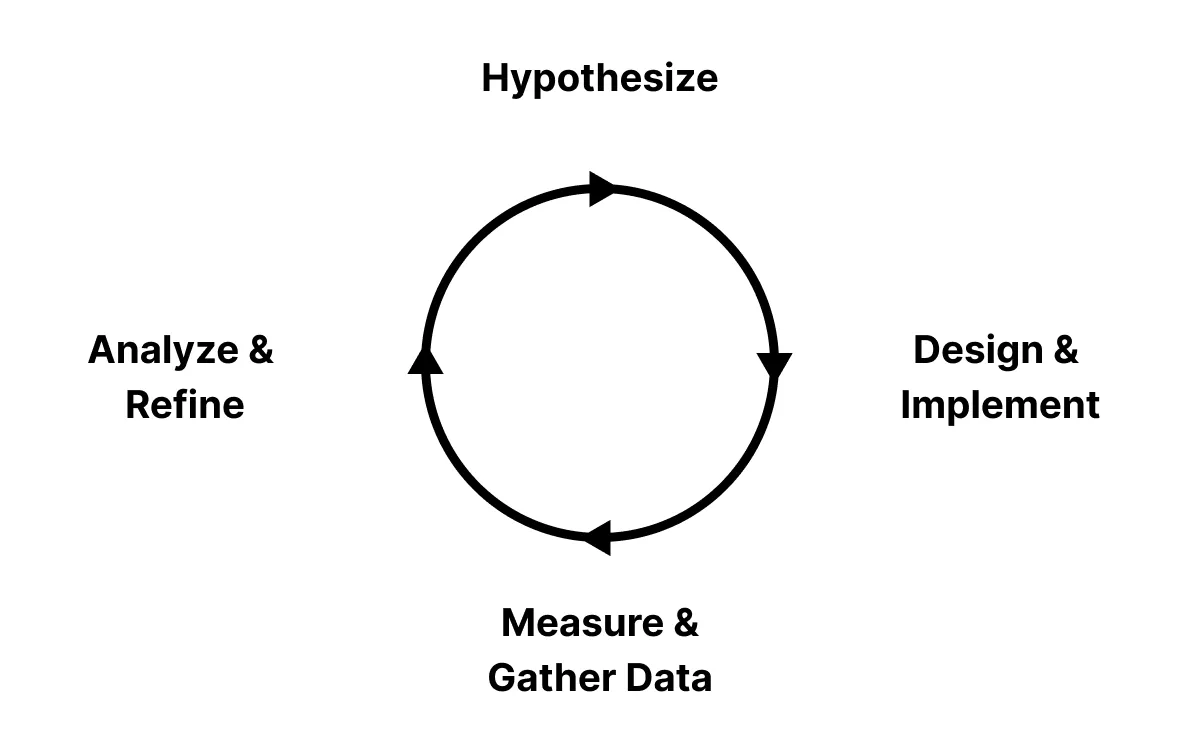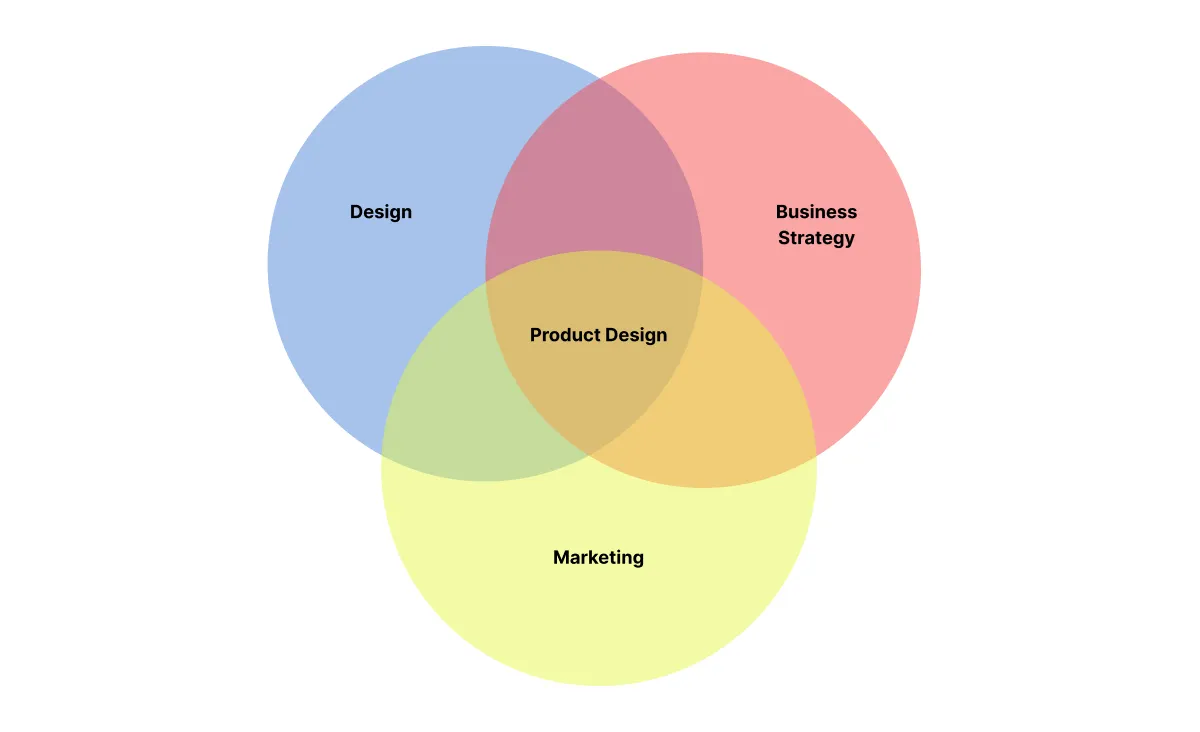Why and what to measure as a Product Designer
Why measure and what to measure as a designer
“If you cannot measure it, you cannot improve it” - Peter Drucker (maybe)
Design and marketing are sister disciplines. They both lie between art and science—and for that reason, it is hard to know exactly when they are working.
Yet marketing often provides a straightforward way for designers to see the business impact of their work, because it shows how design decisions can help acquire and retain customers.
Nowadays, there are countless things we can measure. So we must be really intentional. We must begin with the hypothesis.
Every time we make a change, whether to a design or a campaign, we do so to prove something. After all, we wouldn’t fix something that is not broken.

Knowing what we are trying to prove should inform the KPIs or OKRs we need to measure. Comparing data that does not relate to our experiments makes no sense.
Part of our job as designers is not only to find out why or how to make a product work better but also to remove the noise from the music.
Some common metrics as designers that are worth tracking include:
- Net Promoter Score
- Time Spent on Task
- Error Rate
- Page Load Time
In the intersection of marketing and design:
- Return of Investment
- Customer Acquisition Cost
- Customer Lifetime Value
- Churn Rate
- Active Users
- Monthly Recurring Revenue
As you can see, these metrics relate closely to the business strategy. Understanding how design affects business strategy is where designers and product designers live.

Product designers, in particular, go beyond UX and UI by understanding how the business works. This helps them show the direct value of design for driving growth and keeping customers satisfied.